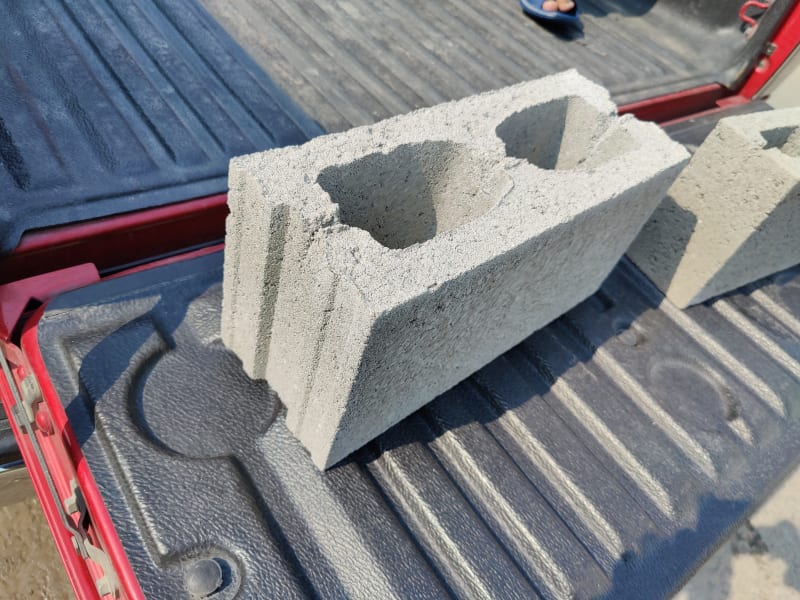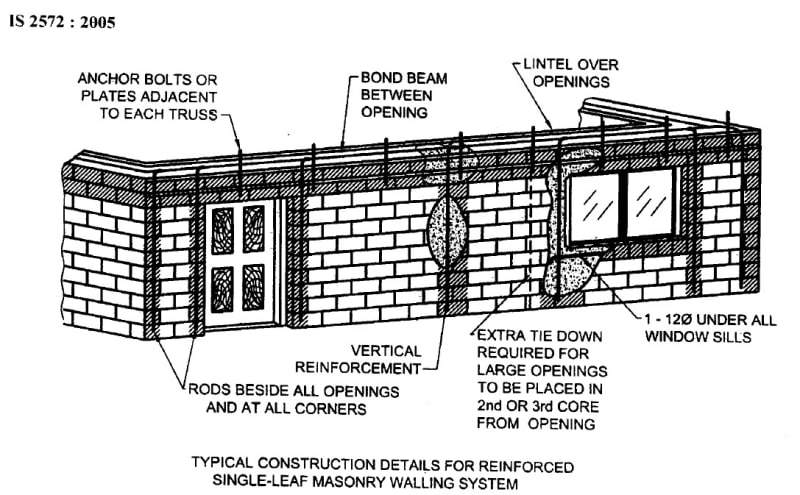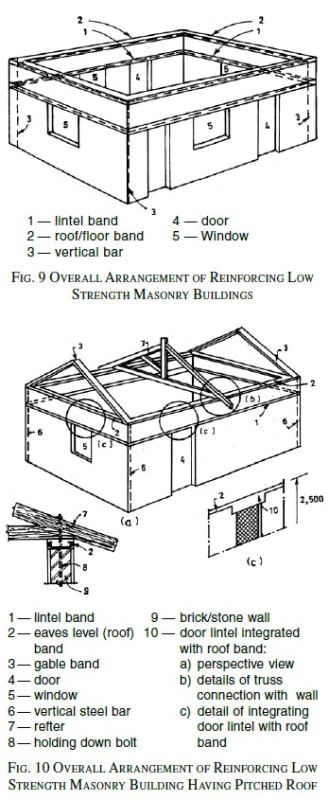Bamsi786,
Thanks Lomarandil for informing me of this interesting topic.
Based on my experience in this region the building you have shown is pretty typical, but that does not mean it will be very safe, particularly in the case of an earthquake. Even if it is common, it probably would not meet local building codes for earthquake design. I'm not familiar with the codes in Pakistan, but in India the construction can be very similar and the codes are often still not followed. Without some vertical and horizontal reinforcing elements, this building would have trouble resisting the lateral forces of an earthquake.
It appears that Lahore is in an area of lesser seismic activity but that does not mean it is without risk. An engineer should refer to a seismic map of the country to determine what level of earthquake resistant design is appropriate. Delhi for example is also in a region of rather low seismicity compared to the Himilayas, however, compared to the rest of the world, it still has significant earthquake risk. Based on this seismic map of India, Lahore would appear to be similar to Delhi and in Zone III or IV per Indian Standards (Medium to High Risk):
Let me outline 3 types of masonry construction mentioned in the Indian Standards:
[ol 1]
[li]
RC Frame with Masonry Infill Walls - This certainly common for larger structures, but smaller residential structures also. It consists of a reinforced concrete frame with infill brick masonry. This is widely used in the region and can be designed to resist earthquake loads, but the masonry is not a structural element in this case, or if so, only in a very localized sense (the wall supports itself, but not the structure). [/li]
[li]
Minimally Reinforced Masonry with RC Bands and Vertical Bars - This seems to be the type of construction you are going for. This method still requires the use of reinforced concrete reinforcement to strengthen the structure for lateral loads (earthquakes). The structure does not so much depend on the width of the walls for resisting lateral loads as it does the whole structure acting together with the reinforced concrete helping it to behave as a unit. The hollow areas of your blocks could be used for adding reinforcing steel and concrete to form posts inside of the wall. As was mentioned by others, these gaps are rather small, so you may need to have multiple hollows adjacently used for this. Horizontal bands should also be incorporated into the design.
Useful resources:
[ul]
[li]IS 2572:2005 - Construction of Hollow and Solid Concrete Block Masonry[/li]
[li]IS 4236:2013 - Earthquake Resistant Design and Construction[/li]
[/ul]
[/li]
From: IS 2752
From: IS 4326
[li]
Confined Masonry - Recent research and Indian Standards would probably recommend using Confined Masonry for this type of construction, especially if it is a zone of higher earthquake risk. Confined masonry can behave very well in earthquakes, even better than an RC Frame with infill walls. However, there can be limitations with this type of constrcution on the sizes of rooms and the height of a buildilng. But this should be very appropriate for most single unit residences.
Useful resources:
[ul]
[li]National Building Code of India 2016 Part 6, Section 4, Annex E[/li]
[li]This is a practical confined masonry guide for use in homes:
[/li]
[/ul]
[/li]
[/ol]
In all cases, it is important to utilize an architect and engineer for useful and safe structures. You don't want to invest so much in a permanent structure only to find it very inefficient (poorly planned) or laying on top of you in an earthquake. A good engineer will go beyond rough details and do actual calculations to meet the appropriate building code. Spend the extra time and money to do it right so you can sleep soundly at night.
If you are connected with this product you should really also try to meet whatever local specification is most relevant for this type of material. I believe the similar Indian Standard would be IS 2185:2005 (Part 1) - Concrete Masonry Units - Specification. Meeting the correct specification ensures that designers and contractors that use your material will be able to construct safe and effective buildings appropriate to the material.
I have a reference for a local construction company in Lahore that may be able to assist you in designing and constructing using your blocks. I will send you via PM.
Finally, I understand a bit of the context you are in and how poor the quality and safety of everyday construction is, so if you forgo all this advice given by professionals who are very invested in the safety and good practice of building construction, please AT LEAST do as was recommended to you and put in grouted vertical reinforcement regularly in the hollows of your blocks and horizontal mesh between layers (at the minimum: sill, lintel, and roof levels) and make sure to embed reinforcement that the roof can be rigidly fixed to in the vertical elements or roof beam. Lightweight but rigid roofs are preferable such as wood trusses with braces. These are recommendations that would often be used to retrofit low-strength masonry buildings in the Himalayan region. It should not be relied upon as "safe" but it will significantly improve the strength of the structure over that of an unreinforced masonry building without any larger connecting elements to make it behave as a whole unit.




